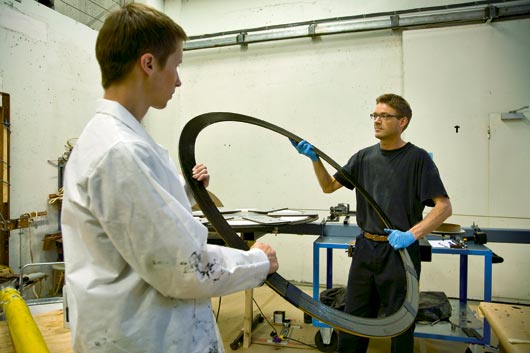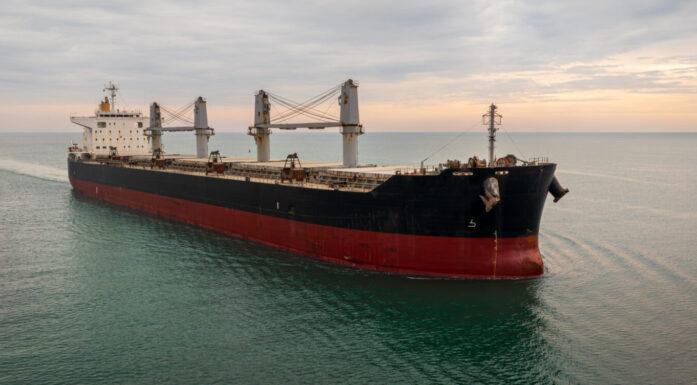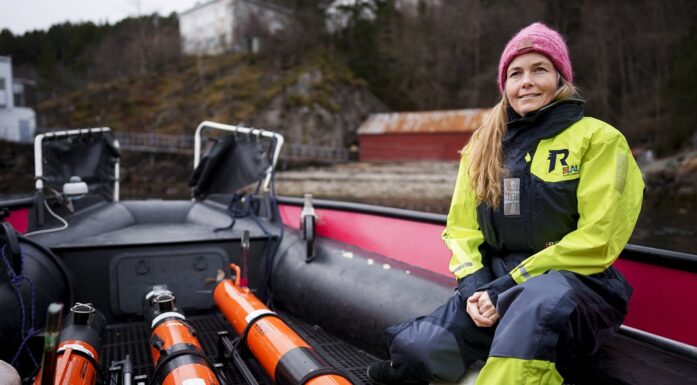Superconductors for industry
The world’s first induction heater with superconductors is based on a Trondheim invention. This technology can bring large savings to the aluminium industry.
Superconductors are materials that conduct current without resistance. For this reason, this field of research has always generated enormous interest, and considerable effort has been expended on techniques that can transform these materials into good energy conductors in technical components.
Increased efficiency
Magne Runde and Niklas Magnusson at SINTEF study superconductivity, and are testing superconductors in the huge induction heaters used by the aluminium industry.
Today the industry preheats large metre-long aluminium cylinders known as billets in induction heaters with copper conductors. When the temperature reaches 500 oC, the billet is extruded into profiles.
“This heating process leads to large energy losses,” says Runde. “Only half the energy supplied is used to heat the billet. The remaining 50 per cent is waste energy. This is something superconductors can improve.”
World’s largest
The research scientists have now replaced the copper conductors in the induction coils with superconductors. As the conductivity is significantly improved, a much higher proportion of the energy is transferred to the billet. The two research scientists have conducted laboratory tests that confirm the energy efficiency is increased to 80–90 per cent.
In their basement laboratory, Magnusson and Runde proudly show the two large superconducting coils with a 1.5m diameter. The superconducting material, magnesium diboride, is in thin, brittle filaments enclosed by a nickel matrix.
“These will be the world’s largest superconducting coils made from this special material,” says Runde.
Generating interest
In 2007, the German company Zenergy Power licensed a patent based on SINTEF’s basic idea. The company has acted quickly and produced two heaters, which it has sold. The concept of superconducting induction heaters was awarded a prize of € 100 000 at this year’s Hannover trade fair.
Magnusson and Runde have continued with their research in a parallel and competing race with Zenergy Power. In an EU project with eight other partners, SINTEF now has a model under construction that is expected to be cheaper than the German one. The Trondheim research scientists designed and built the superconducting coils in their model.
“We have deliberately kept a low profile to see if Zenergy Power succeeded in building a complete model,” says Magnusson. “We now believe the time is right to show that it is in fact a SINTEF invention behind the product.”
With around 500 extrusion lines in Europe, the aluminium industry represents a niche market for the superconductors. However, given that the industry stands to gain energy savings of up to NOK 1 million for such induction heaters, the energy researchers believe there is a market for the product.
By Åse Dragland





